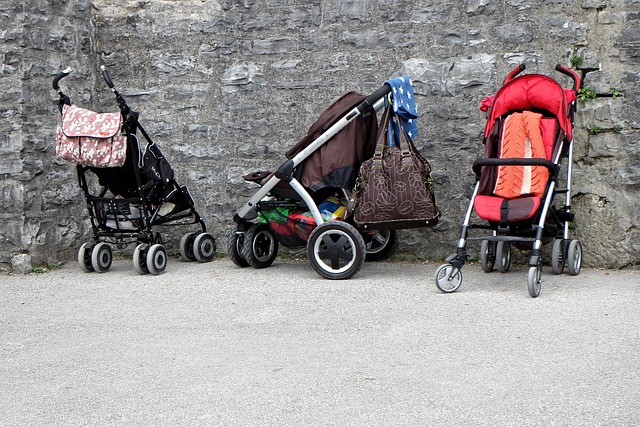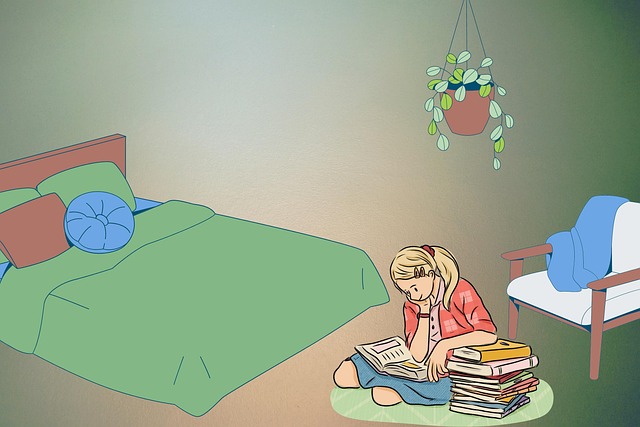Child protection laws, guided by international standards like the UN Convention on the Rights of the Child (CRC), are region-specific frameworks designed to safeguard children's rights and well-being. These laws empower individuals to prevent harm, promote stability, and ensure every child has opportunities for growth through specialized agencies, government bodies, healthcare professionals, and schools. Effective implementation fosters a secure environment for physical, emotional, and psychological development. Key players include courts, law enforcement, NGOs, and international bodies that advocate for and safeguard children's rights, conduct investigations, and provide support services to prevent and address issues like abuse, neglect, exploitation, and trafficking. Legal awareness empowers parents and guardians to make informed decisions and collaborate with protection agencies, balancing child needs with family rights.
Protecting children’s rights is paramount for a just society. This comprehensive guide delves into the legal framework surrounding child protection, offering a detailed look at child protection laws and mechanisms that safeguard young lives. We explore the critical roles of authorities and organizations in advocating for children, while empowering parents and guardians with their legal duties and entitlements. By understanding these aspects, we can collectively defend and safeguard the inherent rights of our future leaders.
- Understanding Child Protection Laws: A Comprehensive Overview
- Legal Mechanisms to Safeguard Children's Rights
- Role of Authorities and Organizations in Child Advocacy
- Empowering Parents and Guardians: Their Legal Responsibilities and Rights
Understanding Child Protection Laws: A Comprehensive Overview

Child protection laws are a crucial framework designed to safeguard the rights and well-being of children. These legal frameworks vary across jurisdictions but share common goals: to prevent harm, promote stability, and ensure every child’s access to opportunities for growth and development. Understanding these laws is essential for both parents and those working with children, as it equips individuals with the knowledge to recognize potential risks and take appropriate action.
The comprehensive overview of child protection laws includes provisions related to abuse prevention, neglect, exploitation, and access to justice. It involves various stakeholders such as government bodies, law enforcement agencies, healthcare professionals, and schools. By implementing these laws, societies create a safe environment where children can thrive, fostering their physical, emotional, and psychological development without fear or impediment.
Legal Mechanisms to Safeguard Children's Rights

In the realm of child protection, legal mechanisms play a pivotal role in safeguarding the rights and well-being of children. These mechanisms are designed to ensure that young individuals are afforded the fundamental freedoms and protections outlined in international conventions and national laws. Key among these is the United Nations Convention on the Rights of the Child (CRC), which sets out the civil, political, economic, social, and cultural rights of children worldwide.
National legal frameworks further reinforce these rights through various acts and regulations. For instance, child protection laws address issues like abuse prevention, parental responsibilities, access to education, healthcare, and legal representation. Courts and judicial bodies act as watchdogs, interpreting and enforcing these laws to protect children from exploitation, neglect, or any form of violation. Additionally, specialized child protection units within law enforcement agencies investigate and intervene in cases involving vulnerable minors, ensuring their rights are upheld and violated parties receive the necessary support.
Role of Authorities and Organizations in Child Advocacy

Authorities and organizations play a pivotal role in advocating for and safeguarding children’s rights within legal frameworks. These entities, including government agencies, non-governmental organizations (NGOs), and international bodies, are at the forefront of child protection efforts. Their responsibilities encompass implementing policies, conducting investigations, and providing support services to ensure the well-being and security of minors.
Through dedicated departments and specialized programs, these institutions work tirelessly to prevent and address issues such as abuse, neglect, exploitation, and trafficking. They collaborate with communities, educate parents and caregivers, and offer legal aid to protect children’s rights in various settings, be it at home, school, or in the digital realm. This collective effort is crucial for establishing a robust child protection system that leaves no child behind.
Empowering Parents and Guardians: Their Legal Responsibilities and Rights

In the realm of child protection, empowering parents and guardians is a cornerstone strategy. Legally, they are not only granted rights but also held accountable for the well-being of their wards. Understanding their legal responsibilities is pivotal; it equips them to navigate the intricate web of laws designed to safeguard children. This includes ensuring a safe environment, meeting basic needs like food, shelter, and healthcare, and fostering an atmosphere that promotes physical and psychological development.
Parents and guardians possess the right to make informed decisions regarding their child’s upbringing within legal boundaries. They can advocate for their children in legal proceedings, ensure access to education, and protect them from abuse or neglect. Knowing their rights enables them to collaborate effectively with child protection agencies, ensuring that any intervention respects both the needs of the child and the rights of the family.
Understanding and implementing child protection laws is paramount in ensuring every child’s rights are defended and safeguarded. By leveraging legal mechanisms, empowering parents and guardians, and fostering collaboration between authorities and organizations, we can create a robust network of support for vulnerable children. Awareness and adherence to these protections are essential steps towards a society that prioritizes and preserves the inherent rights of all minors.
